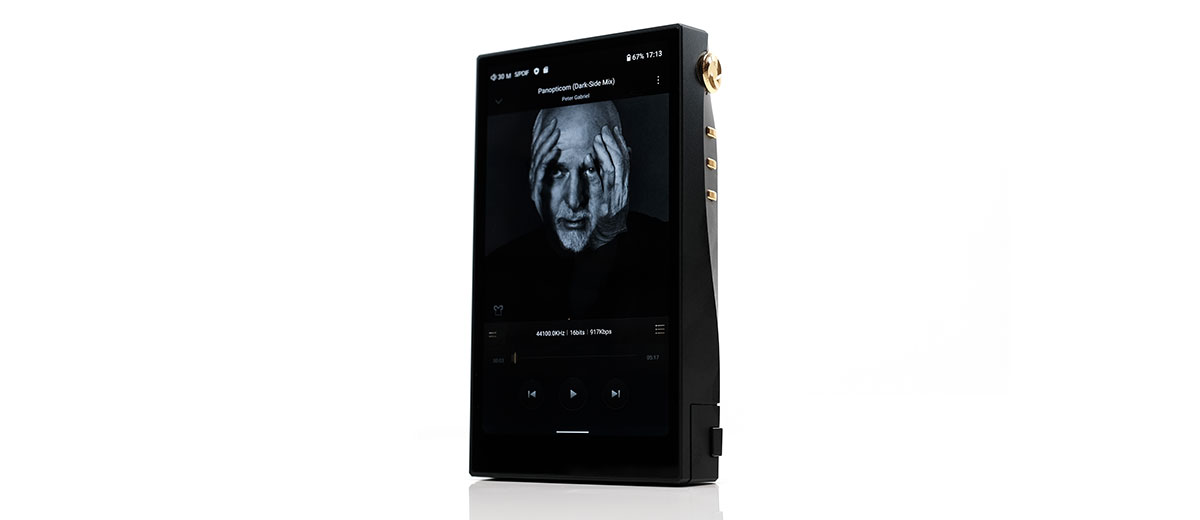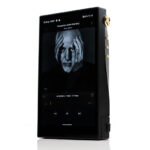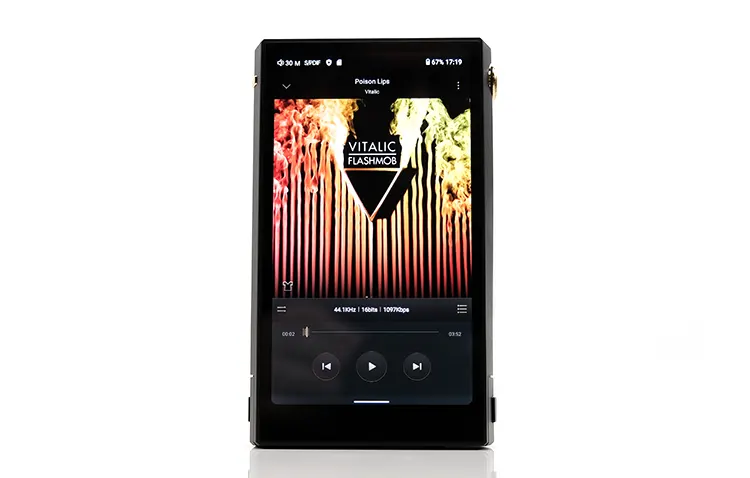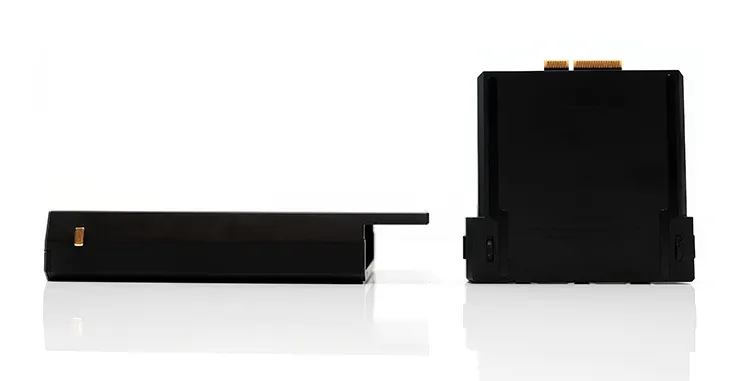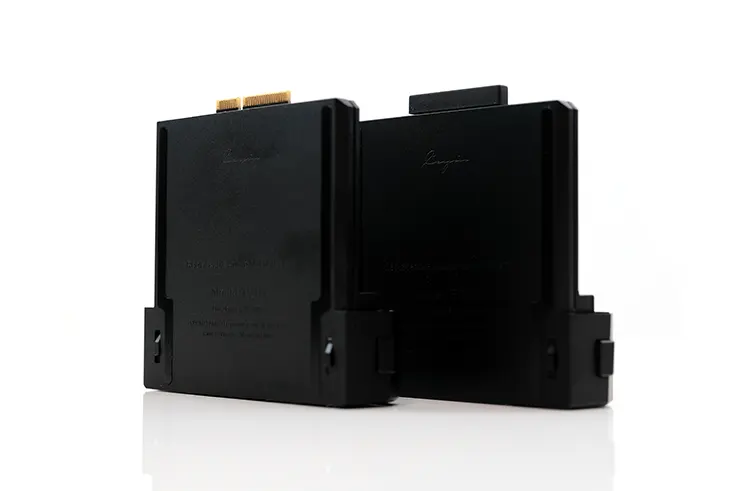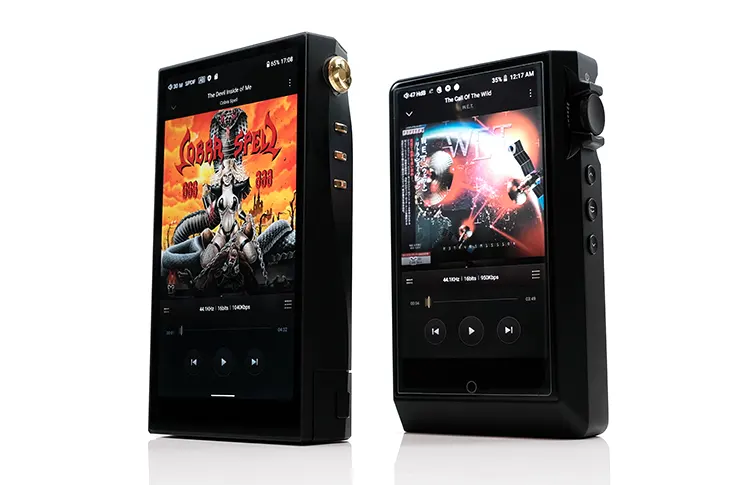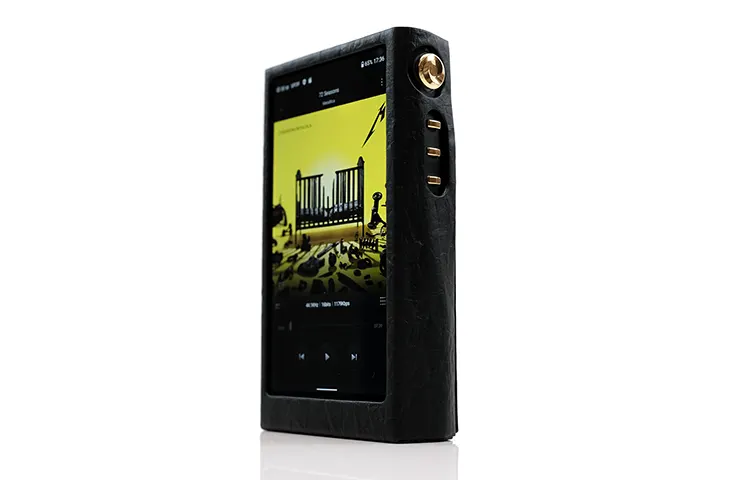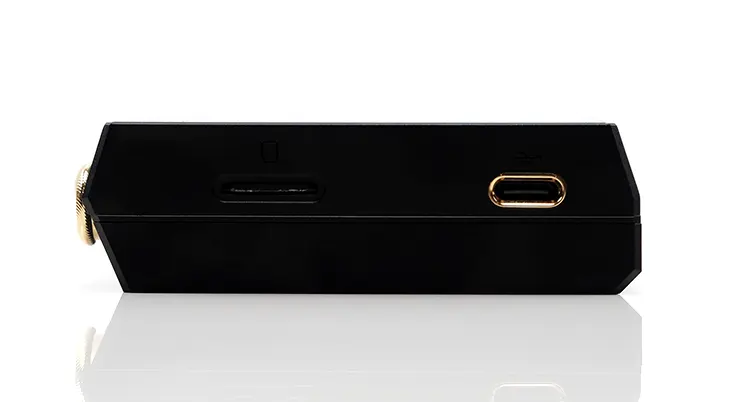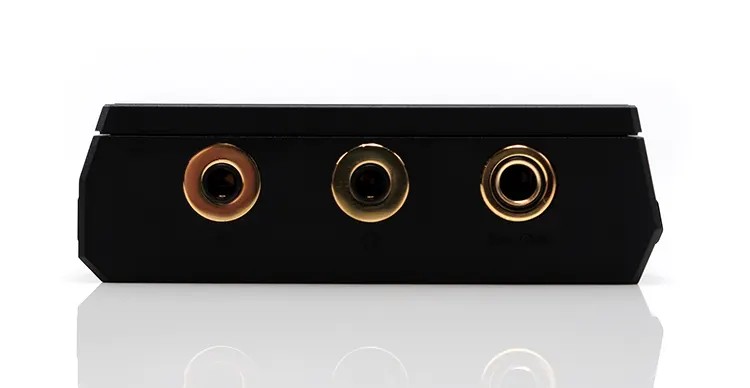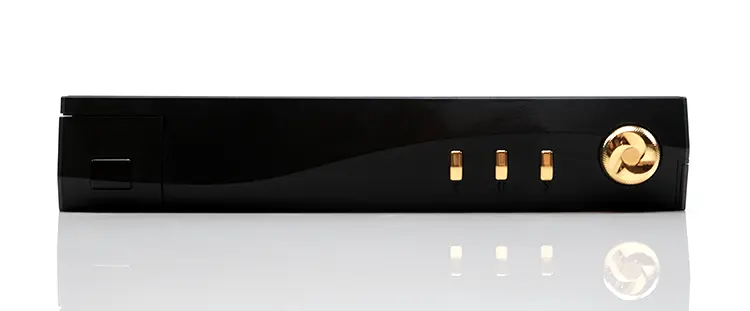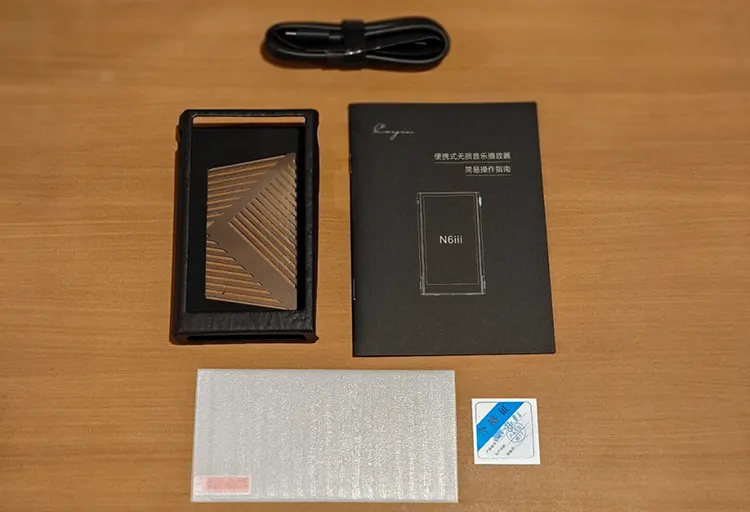Today, Marcus reviews the Cayin N6iii, a 3rd-generation modular Android 12 DAP with a stock 8x CS43198 motherboard and up to 700mW output power. It is priced at $1299.
Disclaimer: This sample was sent to me for my honest opinion. Headfonics is an independent website with no affiliate links. I thank Cayin for their support.
You can click here to learn more about Cayin products that we have previously featured on Headfonics.
This article follows our current scoring guidelines, which you can read here.
The DAP, with perhaps the longest lifespan in recent memory, finally got its upgrade.
It is testimony to the creativity behind the Cayin N6ii‘s modular approach to its DAC and amplification that it has seen 6 years’ worth of competition (and 5 British Prime Ministers) come and go before the company decided to launch the new N6iii.
And yes, the timing feels right. The N6iii brings everything up to par with the competition, including a bigger screen, a much faster operating platform, and a brand-new line of motherboards with the latest DAC and amplification engineering principles.
All this is for an SRP of $1299 with a new stock C201 motherboard or only $100 more than the launch price of the N6ii six years ago. That should be seen as competitive in today’s audiophile market.
True to its word, Cayin has also quickly expanded its new motherboard lineup with another option called the E203 at $359, a sample of which we have here.
We will compare both cards with the older N6ii modules and see how they all stack up with similarly priced competition such as the iBasso DX260 and HiBy’s RS6 in my full review below.
Features
Main Player
At a high level, the Cayin N6iii is the 3rd generation of the company’s mid-tier modular digital audio player going way back to the then-flagship N6 10 years ago.
While the N6iii is seen primarily as a personal audio device for headphone or earphone users, it has enough digital and analog connections to integrate easily into desktop audio or HiFi setups, depending on the chosen modular motherboard.
If your sole focus is local playback, then N6iii’s enhanced internal memory capacity of 128GB (over the N6ii’s 64GB), combined with an external memory card slot for an additional 2TB of storage, should provide plenty of storage space for your music files.
The N6iii is also equipped to handle a modern streaming environment with dual-band Wi-Fi and an upgraded Bluetooth 5.0 experience with LDAC and AAC out-of-the-box
It also runs a more modern Android 12 operating system with DTA Android lossless output, backed by a snappier Snapdragon 665 CPU and 6GB of RAM.
That’s 2GB more than the older 425 CPU-powered N6ii Oreo platform, making it better equipped for modern app compatibility and portable/streaming audio user needs.
More power means more battery demands, but with a much bigger PD2.0-compatible 9000mAh battery inside than the N6ii’s 5800mAh rated unit, it can still churn out an impressive 14-hour rating with its stock motherboard.
C201 Motherboard
A new player also means new motherboards, but sadly, there is no backward compatibility with the N6ii motherboard options. The good news is that there are no more screwdrivers. These are lock and load with a new self-locking latch at the base, making it a joy to swap at a moment’s notice.
The new C201 stock card looks like a ‘banger’ with no less than 8 of the popular CS43198 DAC chipset in a parallel full-differential implementation combined with a quad OPA1622 balanced amplification design offering 4.4mm and 3.5mm balanced and single-ended PO and LO options.
Decoding is competitive at up to 32BIT/768kHz and native DSD512 via USB down to the maximum of 24BIT/192kHz from the player’s embedded SPDIF coaxial output.
However, bear in mind that these rates are pitched as the player’s maximum decoding capability with the current motherboard lineup, so the parameters are the same for the C201 and E203.
What is different is their amplification capabilities with the fixed operational mode stock C201 capable of between 260mW SE up to a maximum of 700mW balanced. It also has a 3-stage lineout system ranging from 1-1.5-2Vrms for SE and 1.5, 3, and 4Vrms for its balanced LO.
All output impedance values are 1Ω and lower, making it a solid choice for low impedance IEM use.
E203 Motherboard
The ES9039SPRO-equipped E203 looks to be the card of choice for hardcore IEM users with enough power to drive a wide range of headphones.
It completely ditches any lineout capability and instead focuses on a pure PO or headphone output experience, with both ports well below 1Ω for output impedance.
It is also the first of the new N6iii cards to offer Cayin’s signature dual amplification operation from its hybrid opamp/discrete BJT topology.
That means two operational modes, Class A and Class AB, and an additional Hyper Mode, an “audio-first” option that switches the operation to Class A and maximizes the current output performance of the player.
Output power will vary depending on whether you have Hyper Mode turned on or not. With it turned off, you get 700mW into a 32Ω balanced down to 300mW single-ended, and if it is turned on, it jumps to 900mW balanced and 400mW SE on the same load.
As a side note, the E230/N6iii battery life will be lower than the C201/N6iii with a maximum of 11 hours without Hyper Mode down to as low as 6.5 hours with Hyper Mode and using a balanced output connection.
Design
Form Factor
The N6iii is larger and heavier than the previous N6ii at 350g compared to 290g, though by modern standards, this is not a huge DAP.
Despite the bigger motherboard designs, the N6iii is relatively compact and stubby, going for height rather than length, so one-handed operation is not out of the question.
It’s not hard to miss the motherboard slot with its 2 release latches sticking out slightly on either side at the base of the player. It is not quite as seamless looking as the smaller top panel version on the N6ii, but it’s so much easier to work with.
The new screw-free mechanism makes it a joy to take out the modules and insert them again. Also, accidental pressure is harder to apply than you might think, so I would not worry about them flying out by accident.
However, I would advise using the supplied leather case out of an abundance of caution.
Aesthetics
The N6iii design language also seems to have learned a few lessons from some of the negative feedback from N6ii users by separating the power functionality from the volume wheel.
You are now less likely to turn the device on or off by accident while not in use, given that the new power button on the left side is much more discreet.
More bling has crept into the aesthetics with the physical dials and buttons all switching to brass with a gold PVD finish reminiscent of the recently discontinued N8ii volume dial visual.
It’s not a passive dial either, with a small LED-backlit ring underneath that changes color depending on the sample rate of the audio signal being played.
Gone are the rounded physical button and printed decal design, and instead, we have slimline button shapes with a tiny icon below etched into the N6iii’s main housing. They are not that easy to read, but a triple playback button lineup is more or less self-explanatory these days on how to use them.
The chassis is crafted from a durable 6063 aluminum alloy, finished in black, and presents a much larger, slim bezel, 5″ Sharp TF display running at 1080p (FHD+) tucked behind some durable Corning Gorilla Glass 3.
It is still not the biggest screen out there for DAPs, but it is much improved over the rather cramped and lower-res N6ii’s 720p 4.2″ multi-point capacitive Sharp IPS panel.
The additional 2GB of RAM and the upgraded 665 CPU also mean the N6iii screen is far snappier and faster to respond to my touch control commands.
I/O
The N6iii’s input and output options will vary from motherboard to motherboard, but the digital options on the top panel are fixed.
You get a single USB-C slot with the external memory card slot moving from the side panel (N6ii) to the top panel, which I much prefer for easy access when I have the player inside its leather case.
What is disappointing is the loss of the excellent N6ii I²S port. That functionality enabled a wide range of my desktop DACs to break free from a fixed position as well as the noisier PC USB and AC connections for sourcing digital audio tracks.
The N6iii USB-C port is also multifunctional with SPDIF coaxial output. However, due to Cayin’s unique USB pin configuration requirements, you need compatible cables such as the $35 CS-40TC35 to convert this port for SPDIF use.
The analog outputs are 100% motherboard dependent, with the C201 offering the widest range of output options and the E203 focusing purely on PO playback with just a 3.5mm SE and 4.4mm balanced output.
The C201 also has balanced 4.4mm and SE 3.5mm PO port functionality but also adds lineout capability with a dedicated 3.5mm lineout port. You can convert the 4.4mm balanced PO to LO duties via a software layer switch in the N6iii OS.
Controls
The N6iii slimline buttons remind me of the HiBy design language on some of their high-end DAPs, such as the RS6 and RS8. They are spaced relatively close to each other and to the top of the chassis, just under a ‘barely there’ volume dial.
What is clever, though, is how well protected all the dials and buttons are without having to resort to the N6ii’s additional aluminum wedge guard approach.
Instead of extending and protecting, Cayin has ‘shaved’ and accented the top half of the N6iii’s side panel to better recess all the controls, making accidental presses and movements less likely.
I thought I would have a hard time accessing the small, clicky N6iii volume dial as a result, but in reality, it was very easy to use, even when the player was inside its leather case.
The accented side panel finish also enhances the player’s aesthetics by softening any potential boxy visuals. It is a more modern design approach consistent with how some DAPs from HiBy and iBasso are developing these days.
Packaging & Accessories
The N6iii packaging is more compact and simpler than the wide box presentation of the older N6ii. However, aside from dumping the right-angle 4.4mm to 2.5mm right-angle converter, not much has changed in terms of included accessories.
You still get a set of screen protectors, a manual, a USB-C charging and data transfer cable, and the PU leather carry case.
There is a bit to mention about the new carry case, which feels like an upgrade on the older version with its more stylistic appearance and improved back panel venting.
It’s a great fit for the N6iii with a nice textured and grippy surface and nothing preventing you from accessing the buttons, dials, and ports during use.
You will also notice a subtle split in the seaming on the right side of the case. That allows for an easy insert of the player whilst avoiding accidentally catching the volume dial and possibly damaging the case or the device.
Click on page 2 below for my software impressions
Click on page 3 below for my sound impressions and recommended pairings.




